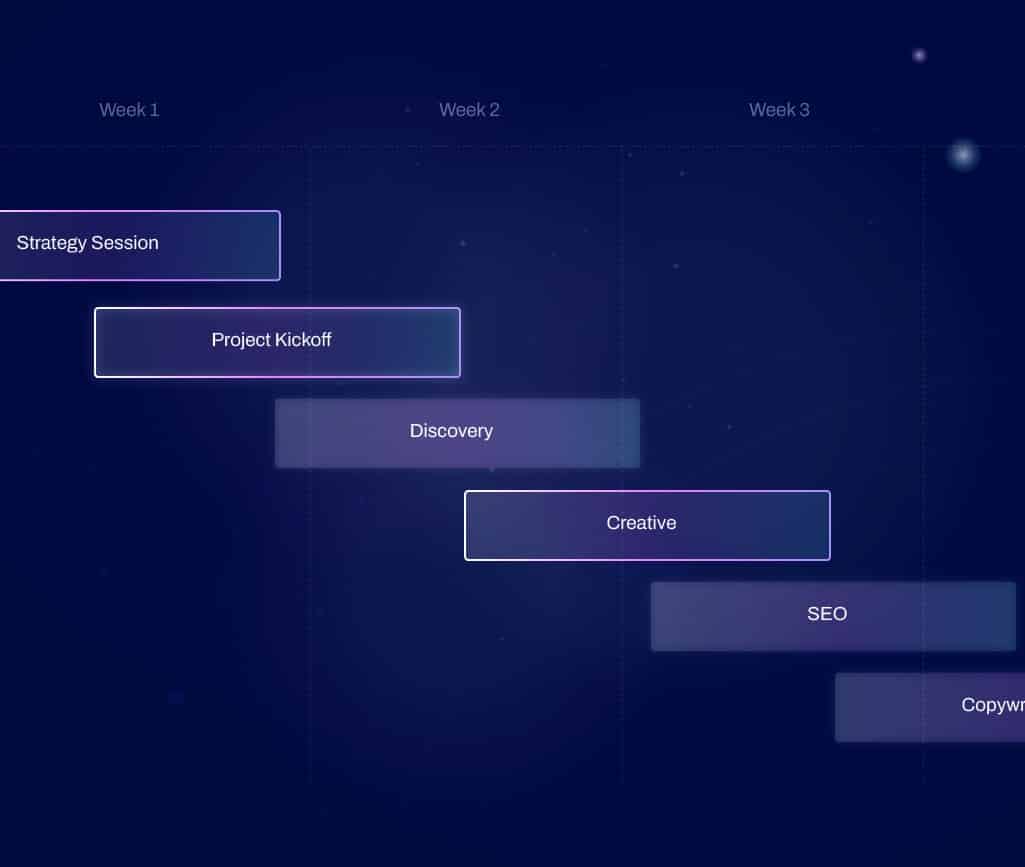Hydra Tech Insights
Stay updated with the latest in technology and gaming.
Redesigning Your Website: A Makeover That Clicks
Transform your online presence! Discover essential tips for a website redesign that captivates visitors and boosts engagement.
Top 5 Signs Your Website Needs a Redesign
If you're wondering whether it's time to give your site a makeover, there are several indicators that can help you assess its need for a redesign. Outdated design is one of the most prominent signs; if your website looks like it's stuck in the past, it can deter visitors and affect your brand's credibility. Additionally, poor user experience may suggest a redesign is in order. If your visitors struggle to navigate your site or the load times are slow, it's essential to consider a fresh layout that enhances usability.
Another clear signal that your website needs a redesign is inconsistent branding. If your site doesn't reflect your current branding—a mismatch between your logo, color schemes, and overall aesthetic—it can confuse users and dilute your brand message. Furthermore, if your site is not mobile-friendly, you risk alienating a growing segment of users. With mobile usage on the rise, having a responsive design is crucial. Lastly, if your site is plummeting in search engine rankings, it may be time to revamp the structure and content, ensuring it aligns with modern SEO practices.

How to Create a User-Friendly Website: Essential Features to Include
Creating a user-friendly website is essential for engaging your audience and enhancing their overall experience. To achieve this, start by ensuring that your site has a responsive design. This means that your website should adapt gracefully to various screen sizes, from desktops to smartphones. Additionally, prioritize fast loading times, as visitors are likely to abandon a page that takes too long to load. Consider implementing the following essential features:
- Intuitive Navigation: Easy-to-follow menus and clear categories help users find what they are looking for quickly.
- Search Functionality: A search bar allows users to locate specific content without having to click through multiple pages.
Another critical aspect of a user-friendly website is visual appeal. Use a consistent color scheme and typography that align with your brand, enhancing readability and aesthetic pleasure. It's also important to include accessible content to ensure that everyone, including individuals with disabilities, can interact with your site. Implement features such as
- Alt Text for Images: Describe images for screen readers.
- Keyboard Navigation: Allow users to navigate your site without a mouse.
What Makes a Website Successful? Key Elements for a Winning Redesign
When considering a website redesign, several key elements play a crucial role in determining its success. First and foremost is the user experience (UX), which encompasses the ease of navigation, load speed, and intuitive design. A clean, organized layout enhances user engagement and encourages visitors to explore more pages. Additionally, ensuring that the website is mobile-friendly is essential, as a significant portion of web traffic now comes from mobile devices. Incorporating responsive design allows for optimal viewing across diverse screen sizes, ultimately boosting retention rates.
Another fundamental aspect of a successful website is its content quality. High-quality, relevant content should address users' needs and interests while integrating SEO best practices to increase visibility on search engines. Incorporating visually appealing elements such as images, videos, and infographics can also make the site more engaging. Finally, embracing a data-driven approach by using analytics to track user behavior and preferences can guide continuous improvements, ensuring the website evolves alongside changing trends and audience expectations.